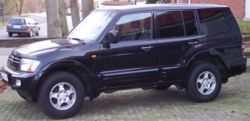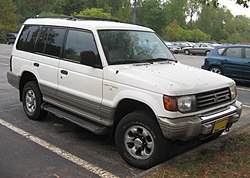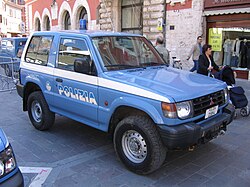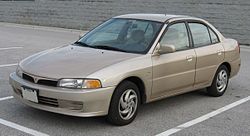
Ford Motor Company announced today it will introduce an advanced dual-clutch PowerShift six-speed transmission in North America in 2010 for the small-car segment.
The new gearbox will deliver the fuel efficiency of a manual gearbox with the convenience and ease of a premium automatic transmission,making it a key enabling technology as Ford targets best-in-class or among-the-best fuel economy with every new vehicle it introduces in North America.
Overall, Six-speed transmissions already have helped vehicles such as the 2010 Ford Fusion achieve best-in-class fuel economy, while at the same time allowing the Ford Flex and Ford Escape to achieve unsurpassed fuel economy in their respective segments.

Ford is leveraging six-speed transmissions, advanced internal combustion engines such as EcoBoost, hybrids, full electric vehicles, vehicle weight reduction and electric power-assisted steering to improve fuel economy and reduce greenhouse gas emissions fleet-wide by 30 percent by the year 2020.
Compared to traditional automatic four-speed transmissions, PowerShift can help reduce fuel consumption by up to 9 percent depending on the application.
PowerShift provides the full comfort of an automatic with a more sophisticated driving dynamic, thanks to uninterrupted torque from the dual-clutch technology, which consists essentially of two manual transmissions working in parallel, each with its own independent clutch unit. One clutch carries the uneven gears – 1, 3 and 5 – while the other the even gears – 2, 4 and 6. Subsequent gear changes are coordinated between both clutches as they engage and disengage for a seamless delivery of torque to the wheels.

PowerShift, unlike conventional automatic transmissions, does not need the heavier torque converter or planetary gears. In addition, the dry-clutch derivative eliminates the need for the weighty pumps, hydraulic fluids, cooling lines and external coolers that wet clutch transmissions require. As a result, the dry-clutch PowerShift transmission can weigh nearly 30 pounds less than, for example, the four-speed automatic transmission featured on today's Ford Focus.
Differentiating PowerShift even further in terms of its customer appeal is its shift quality, launch feel and overall drive dynamic, which are all facilitated by an expert blend of Ford-exclusive electro-mechanical systems, software features, calibrations and controls. These unique driving features include:
• Neutral coast down – The clutches will disengage when the brakes are applied, improving coasting downshifts and clutch robustness as well as reducing parasitic losses for increased fuel economy.
• Precise clutch control in the form of a clutch slip to provide torsional damping of the engine vibration – This function improves noise, vibration and harshness (NVH) at low engine speeds and enables lower lugging limits for improved fuel economy.
• Low-speed driving or creep mode with integrated brake pressure – This function simulates the low-speed control drivers are accustomed to from an automatic transmission. The amount of rolling torque in Drive and Reverse is precisely controlled, gradually building as brake pressure is released.
• Hill mode or launch assist – Prevents a vehicle from rolling back on a grade by maintaining brake pressure until the engine delivers enough torque to move the vehicle up the hill, providing improved driver confidence, comfort, safety and clutch robustness.
source:ford
 Bentley will take a large share of the spotlight with the vehicle you see above. It has no name yet, and no technical specifics have been released, but what Bentley has revealed is that this will be the marque's fastest, most powerful production car yet.And while the fuel price is increasing from one day to another day,this Bentley Supercar will runs on biofuel. Visually, the grilles all have a blackout treatment, and sizable vertical intakes occupy the front bumper's outer edges. The hood also sports a pair of vents, presumably to help extract engine heat.
Bentley will take a large share of the spotlight with the vehicle you see above. It has no name yet, and no technical specifics have been released, but what Bentley has revealed is that this will be the marque's fastest, most powerful production car yet.And while the fuel price is increasing from one day to another day,this Bentley Supercar will runs on biofuel. Visually, the grilles all have a blackout treatment, and sizable vertical intakes occupy the front bumper's outer edges. The hood also sports a pair of vents, presumably to help extract engine heat.



















































